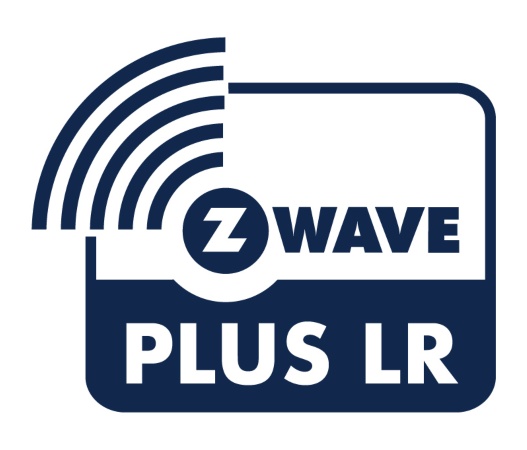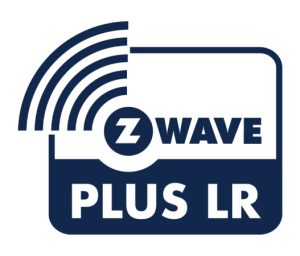
It marks the first steps towards members and manufacturers within the EU region being able to begin product development plans and certification of Z-Wave devices with ZWLR capabilities, the alliance for smart home technology highlighted.
“From the moment we announced ZWLR for the North American market, the Alliance has been hard at work to make the spec available to our valued members in Europe,” said Avi Rosenthal, Chairman of the Board of the Z-Wave Alliance.
“With the specification complete, the Alliance will soon announce ZWLR certification program details and once released, ZWLR will be available to European Z-Wave Alliance members for product development.”
ZWLR scalability
Features of the release include increased scalability and battery life. For the former, by increasing the addressing space to 12-bit, ZWLR is capable of supporting up to 4,000 nodes on a single network (compared to Z-Wave’s 232 nodes).
For the latter, Z-Wave Long Range also promises end-point devices battery life of up to 10 years off a single coin-cell battery. The dynamic power control feature enables conformant devices to automatically adjust and optimise the radio output power of every transmission.
“This dynamic power control is critical to supporting future-proof Z-Wave device installations,” the alliance writes. “The ability to deploy sensors and end devices in hard-to-reach places such as crawl spaces, attics, basements, or behind walls is one of the most compelling use cases for devices with increased battery life.”
Network topology
For wireless comms, Z-Wave supports both a mesh network and a star network operating within the same frequency range. Existing Z-Wave mesh and new ZWLR nodes can also co-exist on the same network.
“ZWLR devices operate on a star network topology which features the gateway/hub at a central point and then establishes a direct, point-to-point connection to end devices. The direct communication path established by the star network topology provides a substantial decrease in latency between the gateway/hub and end point devices which is particularly beneficial in noisy or crowded installation environments with high volumes of wireless communications.”
Z-Wave mesh and ZWLR have been designed to co-exist and complement each other. By operating on a star network, ZWLR enables direct gateway-hub-to-device connection across increased distances, whereas mesh traditionally permits signal to hop from node to node until the intended destination is met. With ZWLR, simplified routing enables commands to go through faster and potential failures within the network are highlighted quickly as well. With Z-Wave, manufacturers have access to the ‘self-healing. properties of mesh networks and the direct communication benefits of a star network.”
You can find more information about Z-Wave technology here.
The organisation first announced Z-Wave LR in 2020.
See also: Z-Wave goes Long Range for smart homes







